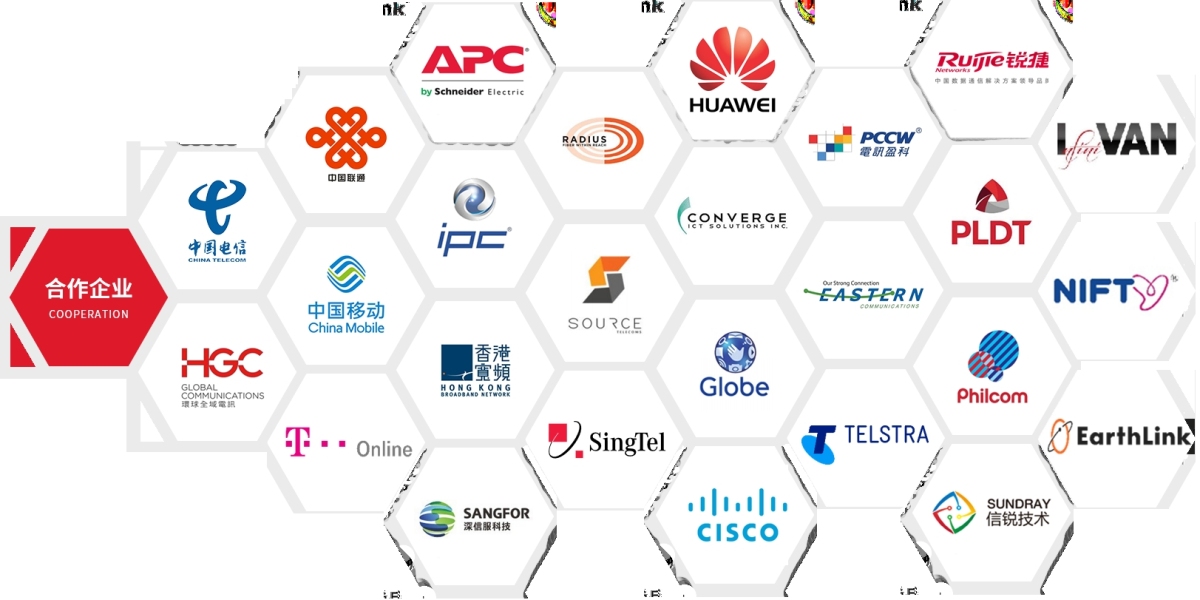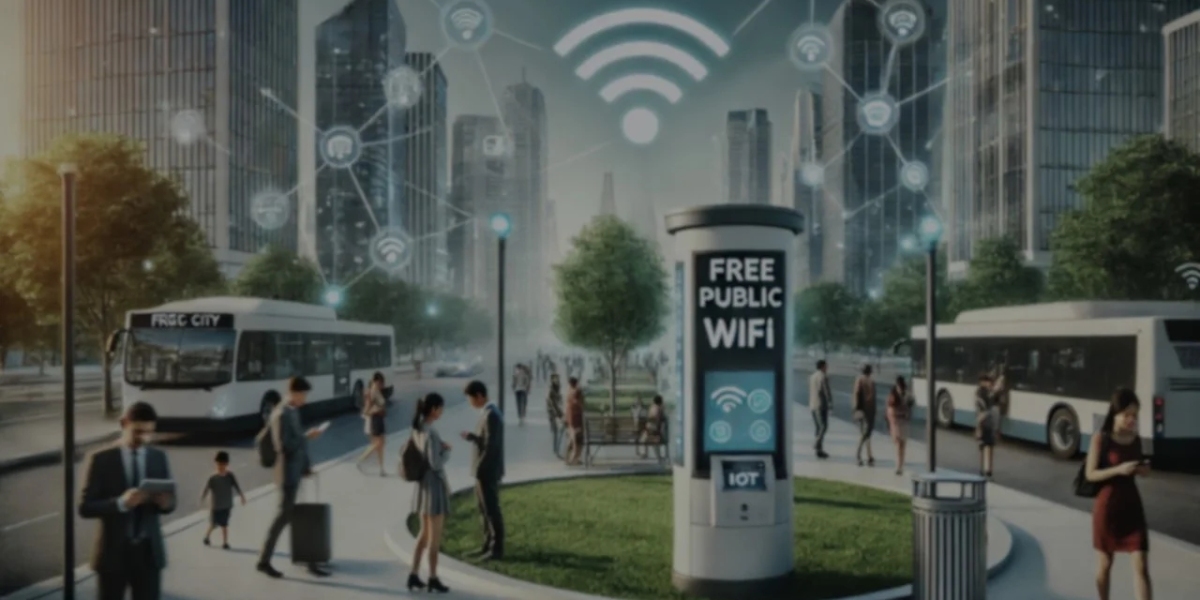Table of Contents
Introduction to Leased Line Internet
How a Leased Line Works for Philippine Enterprises
Benefits of Leased Lines Over Traditional Broadband
Key Features of SUNIWAY’s Leased Line Services
Use‑Case Deep Dive Across Major Industries
Cost, ROI, and Scalability Considerations
Security, Compliance, and Business Continuity
Conclusion: Future‑Proofing Enterprise Connectivity
1. Introduction to Leased Line Internet
The Philippine business landscape has entered an era where digital transactions, real‑time collaboration, and cloud‑native workflows dominate everyday operations. According to the Department of Information and Communications Technology (DICT), national data traffic has doubled every eighteen months over the past five years, driven by SaaS adoption, e‑commerce expansion, and the hybrid‑work boom. In this environment, milliseconds of lag can translate to abandoned carts, dropped support calls, or delayed financial trades—events that erode revenue and reputation alike.
A leased line addresses these challenges by providing an uncontended, point‑to‑point connection between an enterprise premises and its internet service provider. Unlike best‑effort broadband—where hundreds of subscribers share a single backhaul path—a leased line reserves every bit of bandwidth for one customer. This means no peak‑hour slow‑downs, no jitter spikes during large file transfers, and no surprise outages when nearby users start streaming 4K video.
For decision‑makers, understanding leased lines begins with grasping the concept of symmetrical speed: uploads and downloads run at identical rates. In an age of cloud backups, video uploads, and live data replication, upstream capacity is just as critical as downstream. Pair that with service‑level agreements (SLAs) guaranteeing 99.9 % or better uptime, and the result is a connectivity solution purpose‑built for mission‑critical workloads—from fintech trading floors to BPO voice operations.
Crucially, the Philippines presents unique geographic hurdles. The archipelago’s 7 641 islands often force ISPs to rely on microwave or copper last‑mile links that degrade in typhoons or cause chronic latency. A fiber‑optic leased line, professionally trenched and redundantly routed, mitigates these pain points and gives enterprises the kind of always‑on connectivity formerly available only in top‑tier global data hubs.
2. How a Leased Line Works for Philippine Enterprises
A leased line establishes a dedicated Layer‑2 circuit—typically over fiber—between the customer edge (CE) device on the client’s premises and the provider edge (PE) router in the carrier’s core network. Because the circuit is not multiplexed with other subscribers, the full committed information rate (CIR) is available 24 / 7.
Provisioning process:
Last‑Mile Survey & Permitting – SUNIWAY’s engineering team performs a detailed site survey, securing barangay and LGU permits when new ducts are required.
Fiber Deployment – Where existing loops exist, fibers are spliced; otherwise, micro‑trenching or pole stringing lays new cable, ensuring physical route diversity when possible.
CE Installation – A carrier‑grade router or GPON ONT is installed in the client’s server room, terminating the optical handoff.
Backhaul & Core Integration – The connection rides on SUNIWAY’s MPLS backbone, which peers with both Philippine IX and multiple Tier‑1 international carriers for optimised routing.
Testing & Handover – End‑to‑end RFC 2544 and BER tests validate throughput, latency (< 5 ms Metro Manila intra‑city), and packet loss (< 0.01 %), after which the SLA clock begins.
Because the circuit is symmetrical, companies pushing large SQL replications to a cloud node in Singapore experience the same throughput as when downloading marketing assets from a CDN in Los Angeles. This contrasts sharply with consumer plans that offer 100 Mbps down but only 20 Mbps up, choking backup jobs and video conference quality.
SUNIWAY monitors every leased line via an NMS that polls interface counters, optical levels, and round‑trip latency every sixty seconds. Any deviation beyond SLA thresholds triggers automated ticketing and SMS/email alerts to both SUNIWAY NOC engineers and the client’s IT team—often before end users notice an issue. This proactive stance is a game changer for CIOs measured on uptime KPIs.
3. Benefits of Leased Lines Over Traditional Broadband
Guaranteed Bandwidth – Broadband connections are oversubscribed, so speeds fluctuate based on neighbourhood demand. A leased line’s dedicated fiber delivers the contracted 100 Mbps, 500 Mbps, or even 10 Gbps consistently, enabling stable VPN tunnels and zero‑buffering video streams.
Low Latency & Jitter – Online gaming firms, VoIP call centres, and stock exchanges rely on latency under 20 ms. Leased lines, free from congestion, maintain sub‑10 ms intra‑Metro Manila latency and jitter below 3 ms, ensuring HD voice clarity and frame‑perfect data feeds.
Symmetrical Throughput – As Teams, Zoom, and Google Meet dominate daily meetings, outbound traffic spikes. Symmetry prevents the “robotic voice” effect and keeps screen‑sharing crisp.
Service Level Agreements – Broadband SLAs, if any, are best‑effort. SUNIWAY’s leased line SLA stipulates 99.9 % availability, 4‑hour mean‑time‑to‑restore within NCR, and financial rebates for breaches—accountable metrics that please CFOs.
Scalability on Demand – Through software‑defined access (SDA), SUNIWAY can upgrade a circuit from 200 Mbps to 1 Gbps in minutes, requiring only a service order and no physical change—a boon for seasonal BPO seat ramp‑ups or flash‑sale e‑commerce traffic.
Enhanced Security – A private line removes the multi‑tenant attack surface. Combined with optional AES‑256 MACsec encryption and static IP ranges, it lays a robust foundation for zero‑trust networking and Data Privacy Act (DPA 2012) compliance.
When quantified, these benefits deliver tangible ROI: fewer dropped customer calls, higher agent productivity, faster database replication, and ultimately, stronger customer satisfaction scores and revenue retention.
4. Key Features of SUNIWAY’s Leased Line Services
SUNIWAY differentiates itself in a crowded ISP market through a blend of engineering expertise, nationwide reach, and customer‑centric SLAs:
Fiber‑First Footprint – Over 10 000 km of terrestrial and subsea fiber loops link Luzon, Visayas, and Mindanao, plus diverse metro rings in Makati, BGC, Ortigas, Cebu IT Park, and Davao City.
Carrier‑Grade Hardware – Core nodes run on Juniper MX and Cisco ASR series routers with redundant power, while CE handoffs use Cisco C1111‑4P or Nokia ISAM ONTs for GPON.
24 / 7 Network Operations Center – Staffed by CCNP‑ and JNCIP‑level engineers, the NOC resolves 92 % of trouble tickets remotely within one hour—the rest escalated to field teams with a mean arrival time of 2 h inside Metro Manila.
Customizable CIR/Burst Profiles – Enterprises can set a 200 Mbps committed rate with 400 Mbps burst for off‑peak backups, balancing cost and performance.
Route Diversity & Auto‑Failover – Where critical, SUNIWAY provisions dual homing across separate manholes or aerial paths, with BGP or VRRP auto‑failover, delivering 99.99 % real‑world availability for financial clients.
Value‑Added Services – DDoS scrubbing, managed firewalls, and SD‑WAN overlays integrate seamlessly atop the leased line, eliminating multi‑vendor headaches.
Customer testimonials underscore these advantages. A logistics giant in Parañaque cites 35 % faster WMS updates after migrating from copper DSL to a 300 Mbps SUNIWAY fiber leased line, while a Quezon City telehealth startup achieved 99.98 % monthly uptime, boosting patient satisfaction scores by 18 %.
5. Use‑Case Deep Dive Across Major Industries
Business Process Outsourcing (BPO) – Voice quality, call‑handling efficiency, and agent screen‑pop responsiveness depend on round‑trip times under 150 ms to US servers. Leased lines shave 30–50 ms off latency compared to wireless links, translating into higher Average Handling Time (AHT) efficiency and a healthier Net Promoter Score (NPS).
Financial Services – Banks require encrypted, deterministic links for core banking traffic, SWIFT gateway connectivity, and ATM real‑time monitoring. SUNIWAY delivers MPLS L3VPNs layered on leased lines, meeting Bangko Sentral ng Pilipinas (BSP) data‑residency directives and ISO 27001 audit trails.
Healthcare – Hospitals in Ortigas and Cebu transmit DICOM imaging files to cloud‑based PACS systems. A 1 Gbps leased line reduces MRI upload time from 40 minutes to under 5, accelerating diagnosis and patient turnaround.
Manufacturing & Logistics – Factories in Calabarzon sync MES data to HQs in Pasig. The symmetrical bandwidth ensures outbound telemetry from IoT sensors is never throttled, enabling predictive maintenance analytics that cut unplanned downtime by 12 %.
Education & EdTech – Universities leverage high‑capacity lines for simultaneous hybrid classes, AR/VR labs, and off‑site research collaboration. Buffer‑free lectures keep student engagement high, while reliable upstream speeds aid faculty in uploading large lecture capture files.
Across these verticals, the narrative is consistent: dedicated bandwidth removes connectivity as a bottleneck and becomes a force multiplier for digital transformation initiatives.
6. Cost, ROI, and Scalability Considerations
At first glance, a leased line’s monthly recurring charge (MRC) can be triple—or more—than that of a shared‑fiber plan. Yet total cost of ownership (TCO) tells a different story.
Downtime Economics – Gartner estimates the average cost of IT downtime at US $5 600 per minute for mid‑sized firms. A single two‑hour broadband outage can erase months of savings achieved from using cheaper circuits.
Productivity Metrics – When AHT drops by 5 % due to jitter, a 300‑seat contact centre stands to lose thousands of productive hours annually. The payroll wasted often surpasses leased line premiums.
Customer Churn – E‑commerce studies show 53 % of users abandon a site if pages load slower than three seconds. Faster checkout translates to higher conversion rates and lifetime value (LTV).
SUNIWAY offers tiered bandwidth—from 20 Mbps starter lines for SMBs to multi‑gigabit trunks for data‑centre tenants—scalable via software provisioning. This “pay‑as‑you‑grow” model prevents over‑investment while ensuring headroom for traffic bursts during sale seasons or IPO roadshows.
Enterprises can further optimise OPEX by bundling managed security or SD‑WAN overlays, gaining a single invoice and SLA rather than juggling multiple suppliers—an administrative savings often overlooked in ROI calculations.
7. Security, Compliance, and Business Continuity
Philippine enterprises face rising cyber‑threat volumes: the DICT’s 2024 Cybersecurity Report logged a 28 % YoY spike in ransomware attacks. A leased line is not a silver bullet, but its private nature eliminates risk surfaces inherent in shared media.
Static Public IPs enable granular ACLs, IPSec site‑to‑site tunnels, and geofencing rules in next‑generation firewalls. Physical path separation hinders cable taps. For added peace of mind, SUNIWAY offers MACsec (IEEE 802.1AE) encryption, delivering wire‑speed AES‑256 without the overhead of VPN encapsulation.
Compliance matters too: BSP Memorandum M‑2021‑040 and NPC Circular‑16‑01 both require “reasonable and appropriate security measures” when processing sensitive data. A leased line, combined with audit‑ready NMS logs, helps satisfy these mandates and simplifies ISO 27001 or SOC 2 certification.
On the business‑continuity front, SUNIWAY supports dual‑homed leased lines to geographically diverse PoPs, plus optional 4G/5G fail‑over using software‑defined WAN. This layered resiliency keeps ERP systems online even during fiber cuts or regional power outages caused by typhoons—a crucial safeguard in an archipelago exposed to 20+ tropical cyclones per year.
8. Conclusion: Future‑Proofing Enterprise Connectivity
Digital transformation is no longer a buzzword in the Philippines; it is the cornerstone of competitive strategy. From fintech apps built on microservices to BPO floor managers tracking SLA dashboards in real time, every modern workflow demands predictable, high‑performance connectivity.
Leased line internet delivers that predictability. It eliminates the guesswork of peak‑time congestion, stabilises cloud and voice performance, and meets regulatory benchmarks for data security. Equally important, a partner like SUNIWAY goes beyond raw bandwidth—offering consultative design, proactive monitoring, and rapid support that free IT teams to focus on innovation rather than firefighting.
As 5G, edge computing, and AI analytics reshape enterprise networks, the underlying requirement remains unchanged: a rock‑solid, low‑latency pipe between users and the digital resources they rely on. With nationwide fiber reach, carrier‑grade infrastructure, and a customer‑first SLA philosophy, SUNIWAY’s leased line solutions position Philippine enterprises to thrive in the connected future—one where downtime is unacceptable and speed is the currency of success.









